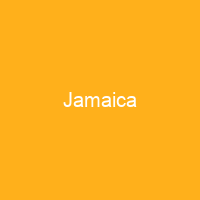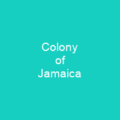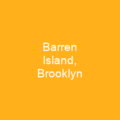Jamaica: A Land of Riches and Diversity
Imagine stepping onto an island where history, culture, and natural beauty intertwine to create a unique tapestry. Welcome to Jamaica, a Caribbean gem that has captivated the world with its vibrant spirit and resilient people. How can such a small landmass hold so many stories?
The Early Days
Jamaica’s journey began long before Christopher Columbus set foot on its shores in 1494. The indigenous Taíno peoples were the first inhabitants, living harmoniously with nature until they faced Spanish rule. What would have happened if Columbus had never arrived?
The Arrival of Slavery
With the arrival of the Spanish came a dark chapter in Jamaica’s history: slavery. The harsh conditions led to the importation of African slaves, who formed the backbone of the island’s economy through plantation work. Can you imagine the strength and resilience required to survive such brutality?
The British Era
The British took control in 1655, bringing with them a new set of challenges and opportunities. The Maroons, escaped slaves who formed their own communities, became a thorn in the side of colonial rule. How did these brave souls manage to maintain their freedom?
The Path to Independence
Jamaica finally gained independence from Britain on August 6, 1962. This was not just a political change but a cultural awakening, as the island embraced its diverse heritage and identity. What does it mean for a country to truly be free?
The Modern Era
In recent decades, Jamaica has faced both triumphs and trials. From economic growth under conservative governments to social reforms championed by others, the island continues to evolve. The 2016 general election saw Andrew Holness of the JLP win a second term as Prime Minister, marking another chapter in Jamaica’s political history.
Government and Governance
Jamaica operates under a parliamentary democracy with a constitutional monarchy. The Governor-General represents King Charles III, while the real power lies in the hands of elected officials. How does this system balance tradition and modernity?
The Judicial System
The Judiciary is based on common law, derived from English law and Commonwealth precedents. This ensures a fair and transparent legal framework for all Jamaicans. What role do you think the judiciary plays in shaping society?
Economy and Tourism
Tourism is Jamaica’s lifeblood, contributing significantly to its GDP and employment rates. The island’s natural beauty, rich culture, and vibrant music scene attract millions of visitors each year. How can tourism be a double-edged sword for a nation?
Agriculture and Industry
Beyond tourism, Jamaica has a diverse economy with sectors including agriculture, mining, manufacturing, and financial services. The bauxite industry is particularly significant, making the country one of the world’s top producers. How can these industries support sustainable development?
Culture and Identity
Jamaican culture is a melting pot of influences, from African rhythms to British traditions. Music genres like reggae have gained global recognition, while literature and film continue to explore the island’s unique narrative. How does your identity shape who you are?
Sports and Athletics
No discussion about Jamaica is complete without mentioning its prowess in athletics. From sprinters like Usain Bolt to basketball stars like Sanya Richards-Ross, Jamaicans have made their mark on the world stage. What drives these athletes to excel?
Challenges and Opportunities
Despite its many strengths, Jamaica faces challenges such as crime, poverty, and environmental issues. However, initiatives like the Science, Technology and Innovation sector offer hope for a brighter future. How can technology play a role in solving these problems?
The Future of Jamaica
As Jamaica continues to navigate its path forward, it must balance tradition with progress. The transition from monarchy to republic is just one example of this ongoing process. What do you think the future holds for Jamaica?

You want to know more about Jamaica?
This page is based on the article Jamaica published in Wikipedia (retrieved on January 3, 2025) and was automatically summarized using artificial intelligence.






